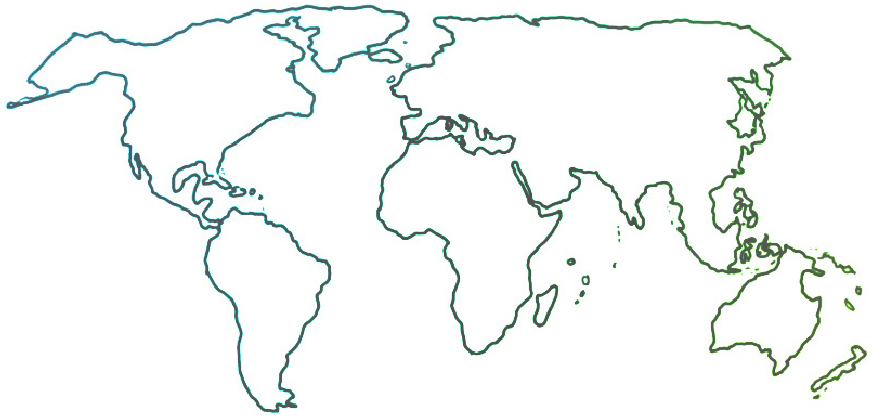
Topics
News & Resources
Sitting in the Student Seat at AIM’s Fire Up Residency
Olivia Romanet, Music Theory Teacher, MusicEnsemble, Conservatoire de Musique de Genève
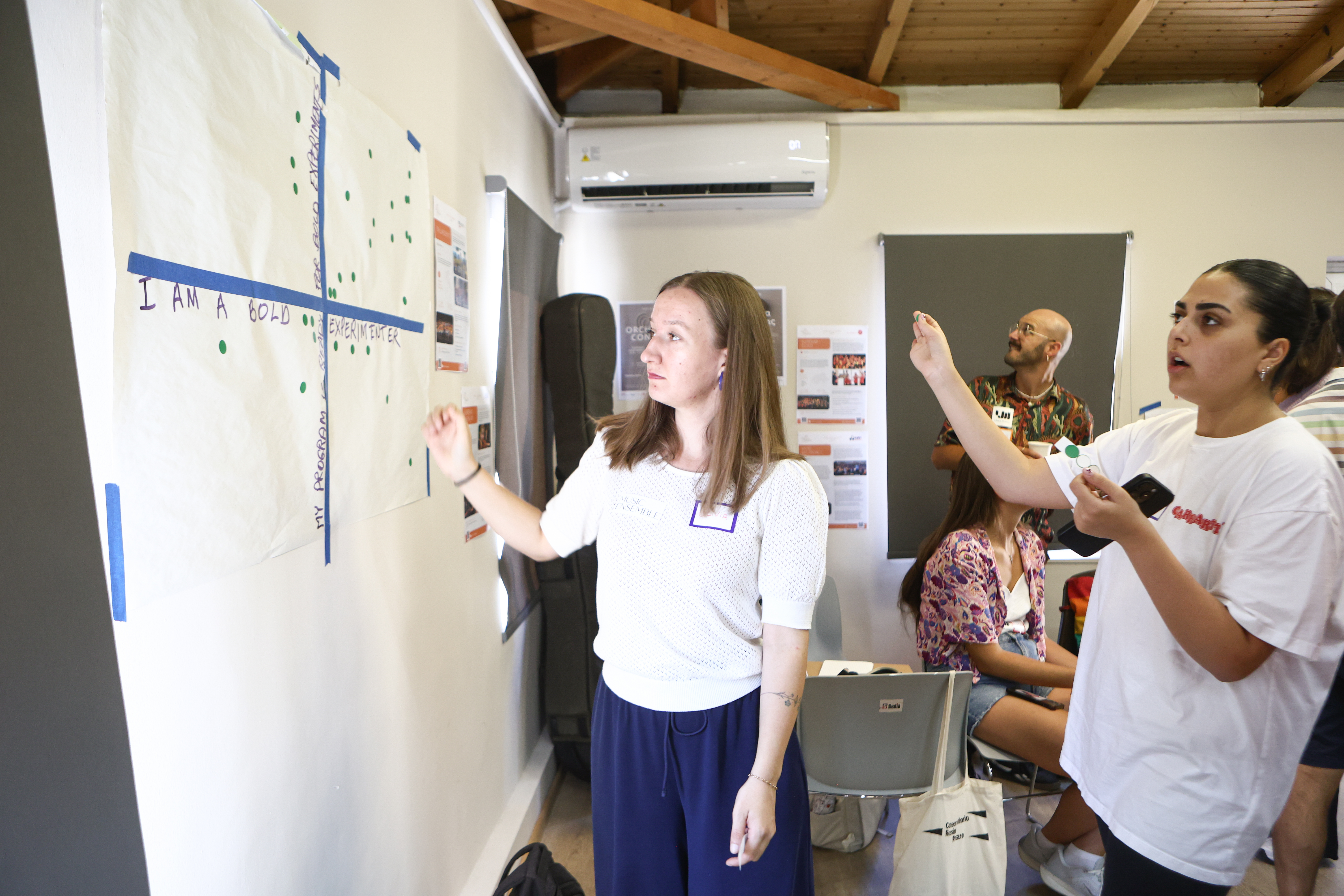
Olivia Romanet gives a self-assessment on a “tracker” sheet. Photo: Dimitris Pitzi.
In early September, a number of teachers and leaders from various social music programs in Europe were welcomed to Athens, Greece for a week of deep thinking and collaboration. This was the Academy for Impact Through Music’s (AIM) Fire Up Europe Residency, which focused on how we educators can cultivate healthier environments for students to learn and grow. I was among this group, alongside two of my colleagues from MusicEnsemble in Geneva, Switzerland.
That first day, I felt like a teenager: somewhat defiant, hesitant to initiate, eager to observe, even mistrusting…but also wanting to chat, meet people, laugh, and share.
AIM knew what they were doing. We’d found ourselves on the other side of the classroom, sitting in the student chair. And in experimenting with ways to develop our own community and agency—our capacity for action—as educators, we found ourselves viewing students’ needs with new empathy.
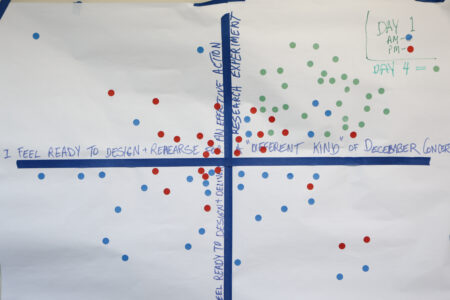
Across the week, we were guided to create our own action research—something you could bring into your program, like a scientist might, complete with hypotheses, experiments, data collection, and deadlines. I admit, the concept wasn’t clear to me right away, but our AIM instructors’ pedagogical strategies—as well as those of my peers—helped me understand more clearly each day. Led by AIM faculty Pablo Millanes, Emma Oliver-Trend, Fiona Cunningham, and Eric Booth, we shared micro-strategies (for orchestra rehearsals, mostly) to gather ideas and share what worked for us. We analyzed videos and familiarized ourselves with new vocabulary, playing games to reinforce our learning. We enjoyed one-on-one coaching, group conversation, and even read made-up research to get a better sense of the methodologies being explained. Finally, we were able to reflect on each lesson and conversation using resources shared by AIM’s teaching artists, such as charts, graphics, reflection time, and “tracker” sheets to note our progress with each day’s concepts and exercises, a method I hope to try with our young learners in Geneva.
Early on, we joked about very real difficulties that some were having with the vocabulary used in sessions. “Agency,” “metacognition,” “influence”—culture (and language) barriers made these terms difficult to grasp, and we joked that they all felt the same to us. Of course, learning these distinctions led to productive discussions about the specific intentions we set for our programs. More than just a healthy conversation, it highlighted our need to come together and connect across continents. Music may be the great connector, but there are other ways to express our feelings, needs, and insights, and some shared vocabulary is a useful place to start.
Something important happened during all this. Through these exercises and discussions, I felt my motivation and confidence grow. Talk about feeling like a student—here, in these moments of misunderstanding and uncertainty, were the sparks of growth we aim to see every day in our work. No longer the moody teen, I began really exploring ways to make change back home.
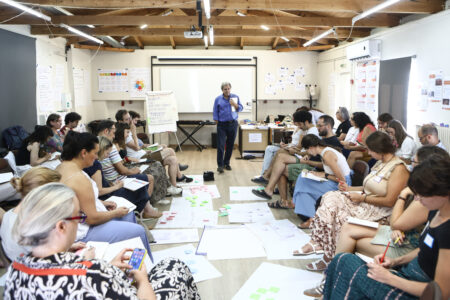
MusicEnsemble, a social music program with around 150 kids, is part of the Conservatoire de Musique de Genève, which gives us credibility, visibility, and support. One of my favorite lessons centered on the creation of a rhythmic introductory piece with students, built from their own ideas and words. This dynamic composition not only enriches the artistic program but also invites audience participation, led by confident students and creating a vibrant, inclusive atmosphere. This kind of collaborative work fosters valuable skills in students, like creativity, teamwork, and ensemble coordination, and has the potential to deeply resonate with families and communities.
The self-analysis we did in Athens also inspired new ideas for helping students reflect on their own practice and how they see themselves. I hope to share this process with families and the wider community, offering a meaningful glimpse into what happens behind the scenes. We are fortunate to be part of a recognized institution, and conversations with colleagues helped me see how uniquely supported MusicEnsemble is to help spread this model across Europe.
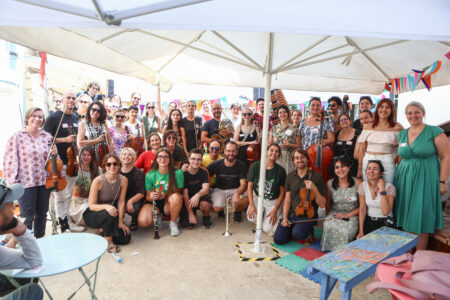
All teachers in music for social change programs know that we need more than musical or teaching skills. This line of work requires a broad set of competencies, starting with empathy and leadership. In fact, leaders’ meetings were a big part of what made the gathering so useful: in addition to thinking about team needs, student needs, and action steps, we were free to share our challenges with each other. Those challenges aren’t discussed enough, and the empathy we felt in the room was refreshing. I felt less isolated and more capable of action—exactly the feelings we want to help grow in future generations.
We all prioritize empathy in our work, and we all try to model it by thinking like our students. But there is something to be said for throwing yourself into that feeling, if only to create a more vivid sense of the learning experience when you’re back in your own music rooms.
Of course, we educators make pretty good pupils: on our way home, my colleagues and I commented that we hoped to commit more energy to our pre-Residency homework next time. Now that’s good teaching!
Related Content
Collaborations, Community Building, Europe, Featured, Gather Together, Student Voice & Leadership, Teaching & Learning
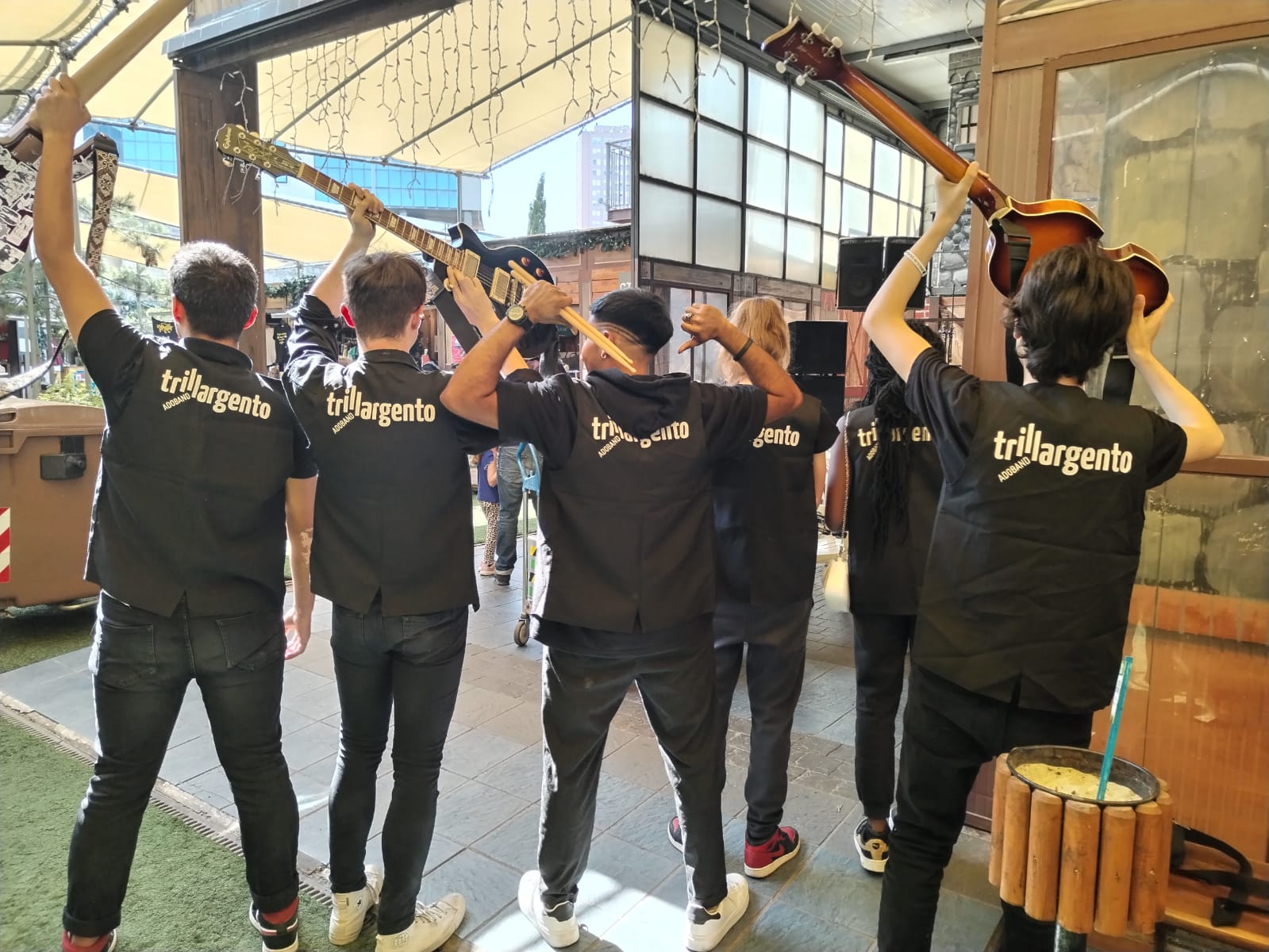
In Genoa, an Ensemble for Every Phase of Life
longy-admin


